Scan & Design: Large Parts
Transforming Large-Scale Component Design with 3D Scanning and CAD Modeling
Are you in the realm of large-scale engineering or manufacturing? Imagine being able to capture every intricate detail of your massive components with precision and efficiency. Enter the world of 3D scanning and CAD modeling!
In today's dynamic industrial landscape, the demand for accuracy and speed in design is paramount. Traditional methods may fall short when dealing with the intricacies of large-sized components, but fear not—3D scanning technology is here to revolutionize your workflow.
The Power of 3D Scanning
With cutting-edge 3D scanning devices, we can now capture detailed surface data of even the largest components with incredible accuracy. From complex geometries to subtle contours, every aspect is faithfully recorded in a digital format.
Seamless CAD Modeling Integration
Once the scan data is acquired, the magic of CAD modeling takes over. Our skilled engineers utilize advanced software to transform raw scan data into precise CAD models. This not only ensures that your designs meet exact specifications but also accelerates the prototyping and manufacturing processes.
Advantages Galore
Precision Redefined: Capture minute details and dimensions with unparalleled accuracy.
Efficiency Amplified: Cut down on design iteration time and streamline production.
Cost-Effective Solutions: Minimize errors and material wastage during manufacturing.
Future-Proof Designs: Ready your components for digital twins and advanced simulations.
Real-World Applications
From aerospace giants to automotive innovators, our 3D scanning and CAD modeling solutions have empowered industry leaders to push boundaries and set new standards. Whether you're refining existing designs or venturing into uncharted territory, trust in our expertise to deliver results that exceed expectations.
Your Next Step
Ready to harness the power of 3D scanning for your large-scale components? Let's embark on a journey of innovation together. Contact us today to explore how we can elevate your designs with precision, speed, and reliability.
🔗 Contact Us at - nidhi@solidvision.in to schedule a consultation and revolutionize your design process with 3D scanning and CAD modeling!
#3DScanning #CADModeling #EngineeringInnovation #ManufacturingExcellence #DigitalTransformation

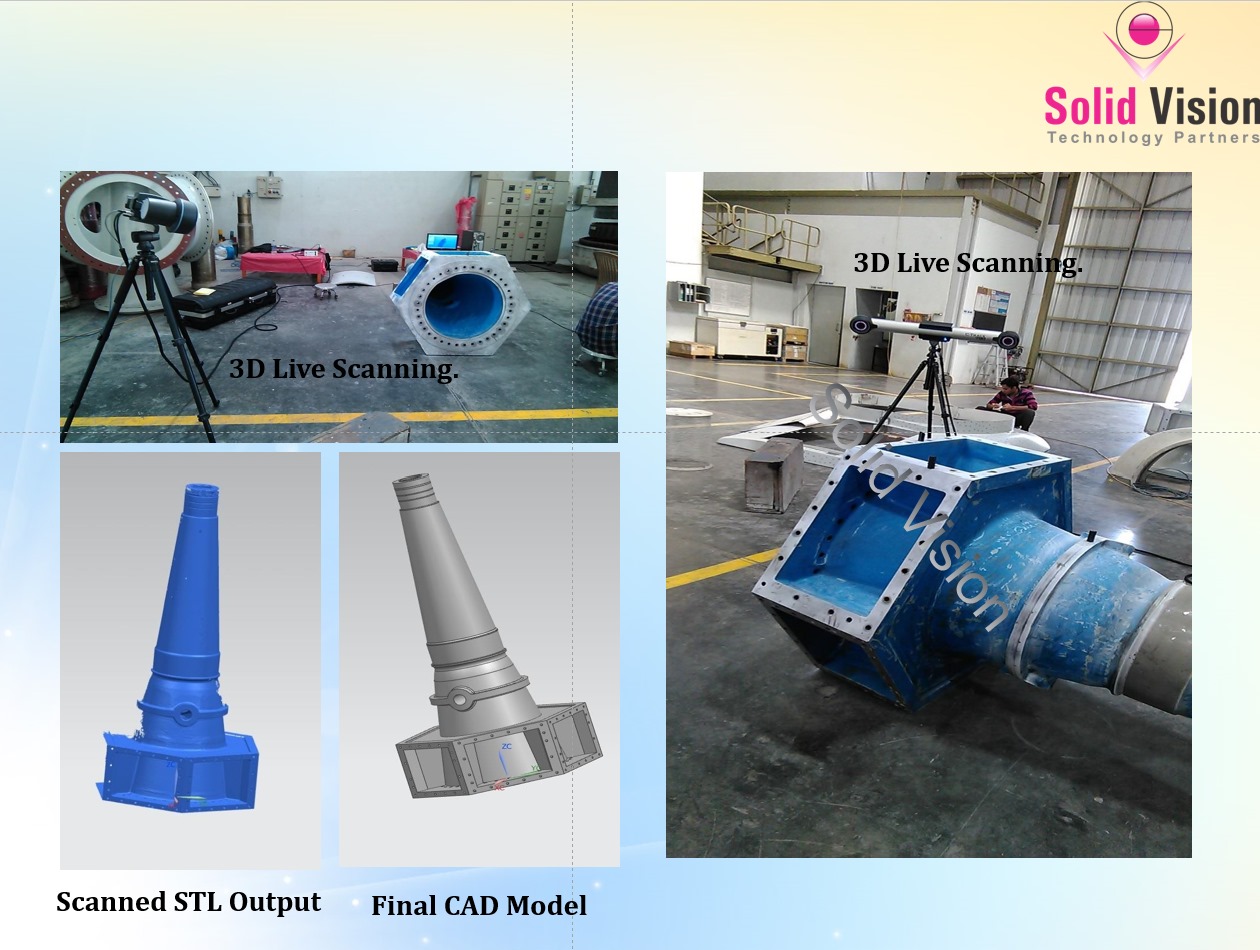
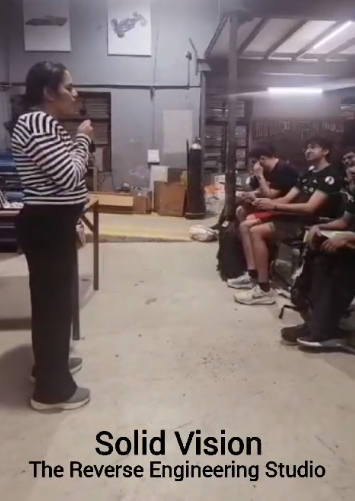
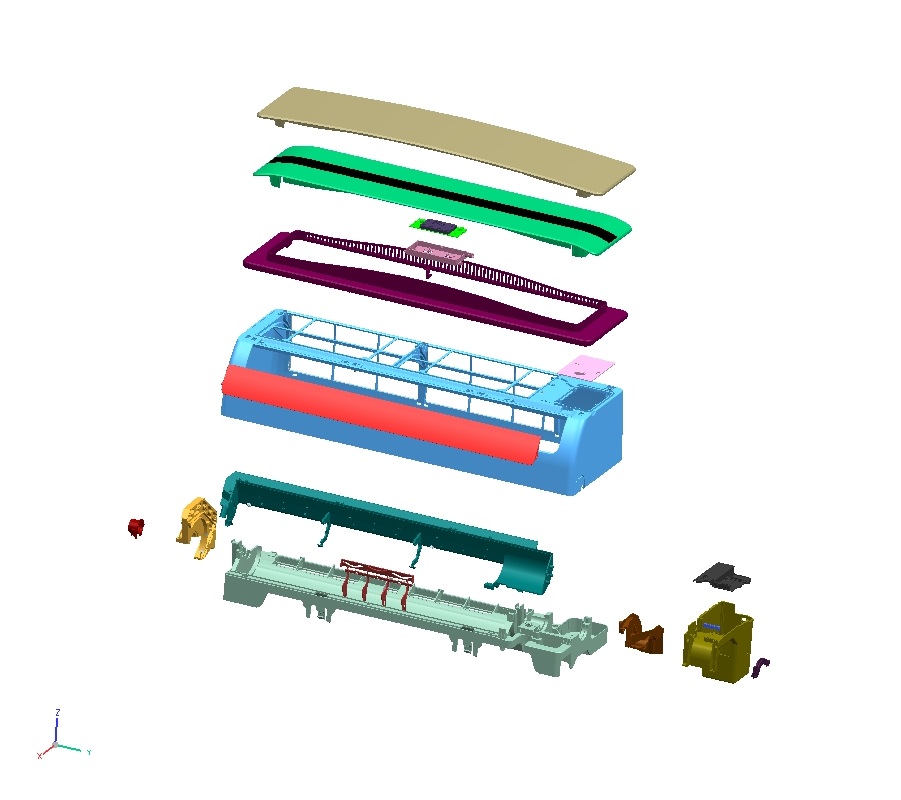
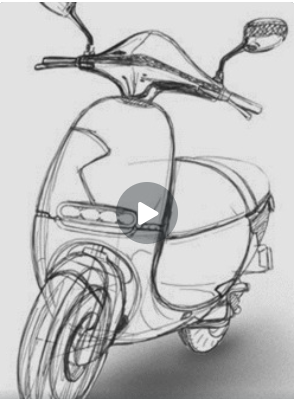
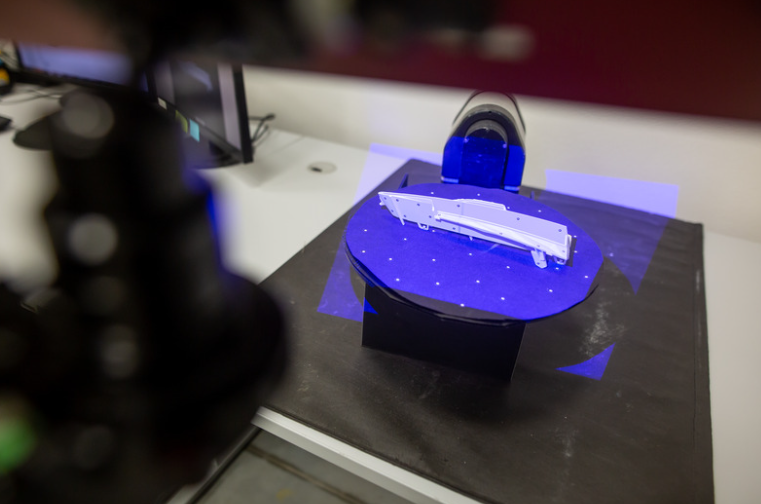
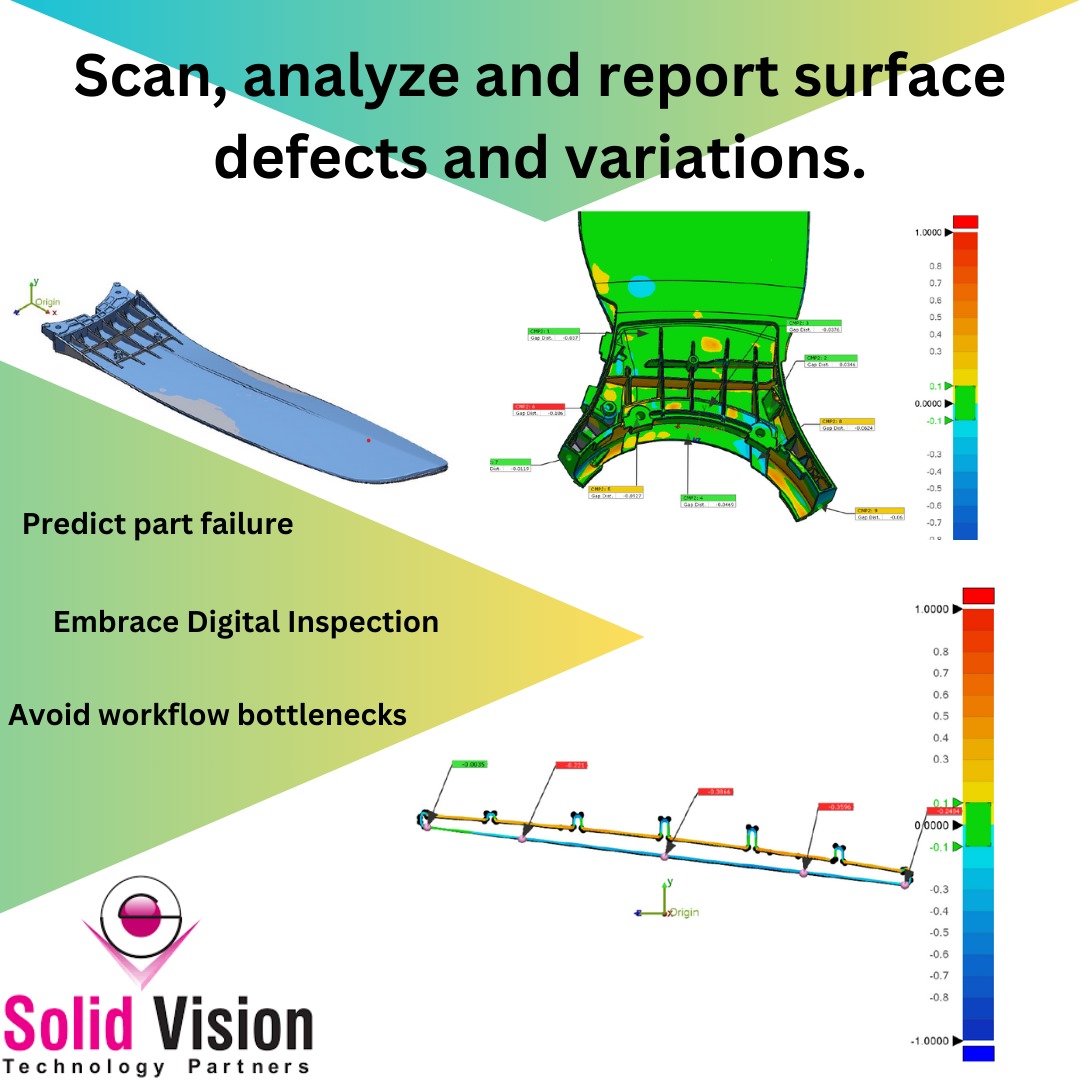
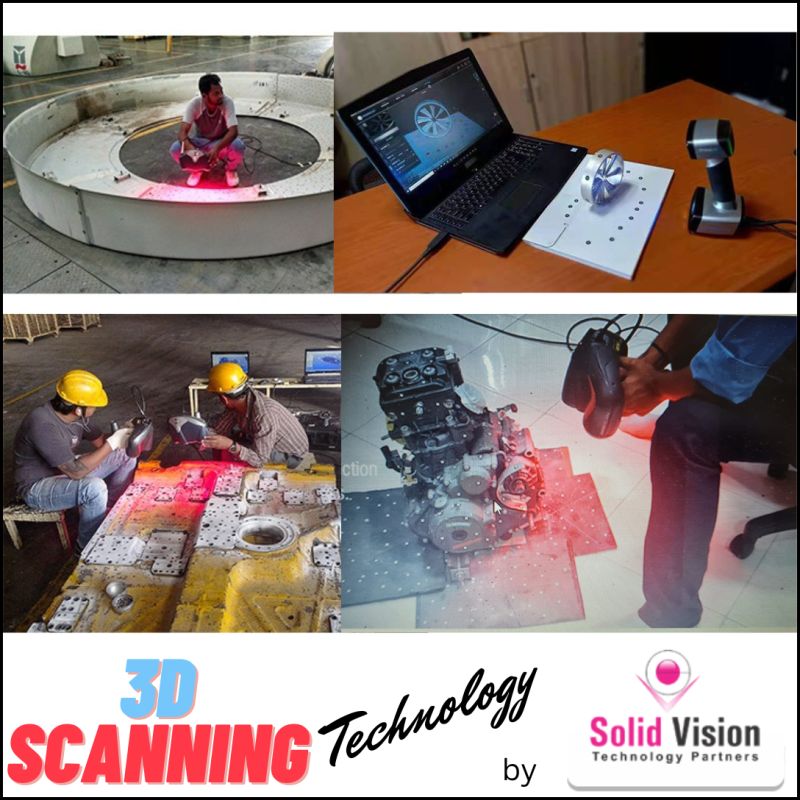
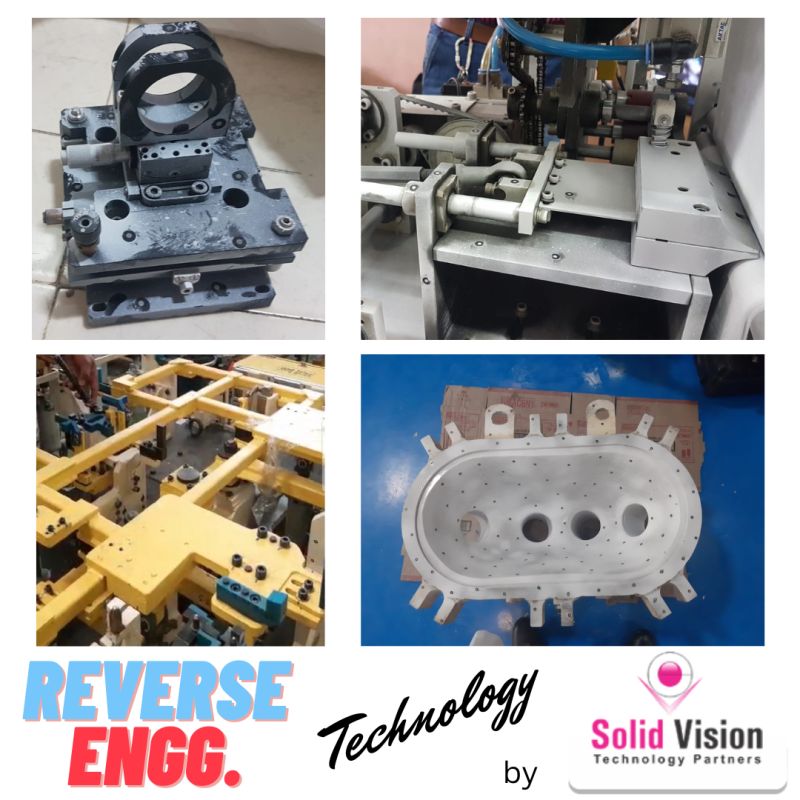
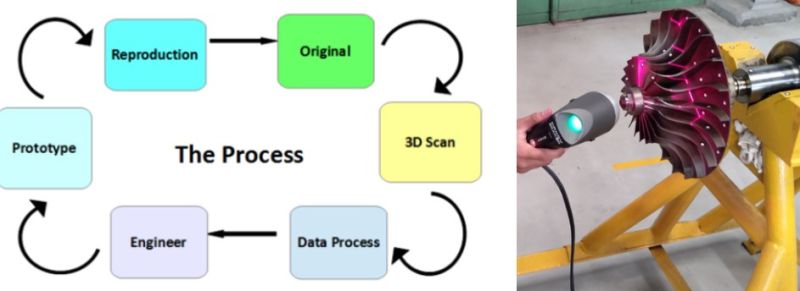

One of the most significant ways that 3D scanning can speed up product development is by eliminating the need for manual measurements. In the past, engineers and designers would have to painstakingly measure physical prototypes with calipers and rulers. This process was time-consuming and error-prone. With 3D scanning, all of this information can be captured in a matter of minutes.3D scanning can also be used to reverse engineer existing products. This can be helpful for companies that want to improve upon existing designs or create compatible aftermarket parts. By scanning an existing product, engineers can quickly generate a CAD model that can be used for further design work.In addition to speeding up the design process, 3D scanning can also help to improve the accuracy of products. By capturing the true dimensions of an object, 3D scanning can help to ensure that products meet all of the necessary specifications. This is especially important for products that are used in safety-critical applications.
For example, 3D scanning is being used by automotive manufacturers to ensure that the dimensions of their components meet the strict safety standards required for vehicles. 3D scanning is also being used by medical device manufacturers to ensure that their products are safe and effective for use by patients.
In addition to improving accuracy, 3D scanning can also help to reduce the cost of product development. By eliminating the need for physical prototypes, It can help to save companies money on materials and labor. 3D scanning can also help to reduce the number of design iterations required, which can further save companies time and money.
Overall, 3D scanning is a powerful tool that can help companies to reduce the time to market for new products while maintaining high levels of accuracy. As the technology continues to evolve, it is likely to become even more ubiquitous in the product development process.
Here are some of the benefits of using 3D scanning in product design:
Reduced time to market, Improved accuracy, Enhanced ergonomics, Better quality control, Increased creativity
Overall, 3D scanning is a valuable tool that can be used to improve product design in a number of ways. By reducing time to market, improving accuracy, enhancing ergonomics, and increasing creativity, 3D scanning can help companies to create better products that are more successful in the marketplace.